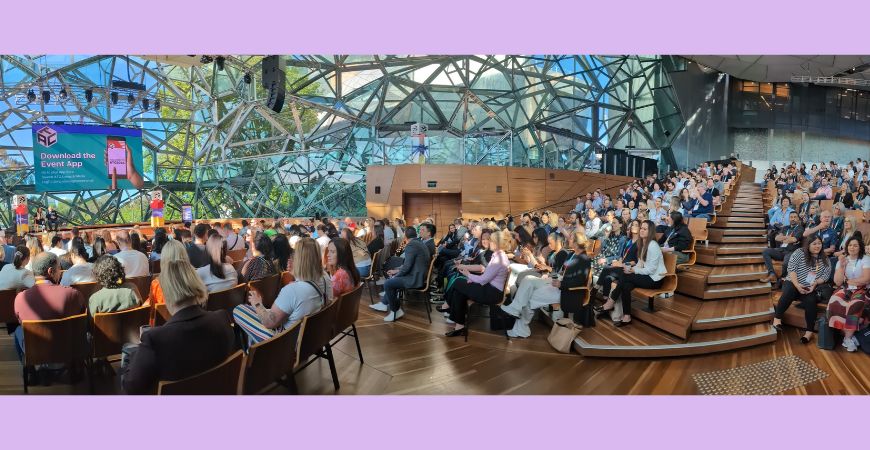Sourcing for candidates can be truly overwhelming. Whether you’re new to the industry, or primarily spend your time on the recruitment side, there are a lot of places to find candidates. One of the most common misconceptions in sourcing is the importance of where or how you find the candidate. This statement can be sliced and diced many different ways, but the exact location, on the web, you found the candidate shouldn’t change any perceptions of the candidate itself. For example, a candidate you found on CareerBuilder, isn’t necessarily better than a candidate you found on LinkedIn or Facebook.
The Intake Meeting
Where to begin and how to start are two common questions. If you are directly sourcing candidates, you should always start your search with the hiring manager. Mike Rasmussen posted a fantastic article on Mastering the Intake Meeting as A Sourcer. In this article, Rasmussen listed the top 10 tips for an effective intake meeting. As he points out in the article, we can provide better support for our recruiters and our hiring teams if we establish credibility with the hiring manager.
Securing a meeting with a busy hiring manager isn’t always an easy task. During this meeting, we want to make sure we maximize their time and ask the right questions to help us in our search. If you’re curious about what questions to ask, take a look at the 14 Questions I Ask Managers in Intake Meetings. You can also follow the Boolean Black Belt guide with these three questions (thanks, Glen Cathey):
-
What can you tell me about the specific work this person/these people will be performing and who they would be working with?
-
What does the future look like for this role/opportunity?
-
Why would someone who’s currently employed and doing a good job at another company consider leaving the comfort of their current employer and position to work for 1) you, 2) this role, and 3) this company?
Once your meeting is complete, next dive into research. I know it’s tempting to start sourcing, but taking a few hours to research your position will help you more efficiently target the right candidates for your search.
The Research
Relink Goodwin is a great place to start. With a simple click of the mouse, this website will help you research job titles. It will list, essential skills, information on their previous/next positions, education background and the average time spent in the position. This is all great information that can be helpful in your search.
Learning a list of skills associated with a job title will not only give you more of a comprehensive background into your position, but also these skills can be added to your search in a Boolean string. Knowing the time spent in a position is also essential. Your ATS/CRM and websites like LinkedIn typically list tenure. If candidates usually change positions every two years, you can filter your search to those candidates that are approaching that “expiration date.”
[Tweet “It’s easier than ever to do in-depth #research, so don’t hesitate if the position calls for it”]
Indeed also has a wealth of information. First, you can search for your job title, just as a candidate would. Take a look at the different job titles listed in your search. Also, write down the companies that are hiring. Indeed’s Job Trends also features many insights into your open position, competitive intelligence and candidate search behavior. Don’t forget to search Indeed’s Hiring Lab for even more information on demographics and hiring trends.
If you need to dive further into learning about your open position, take a look at GlossaryTech, the first online; live tech glossary built for recruiters and sourcers. Think of GlossaryTech as Wikipedia for our industry. It enables sourcers to research more information on technical positions. With the latest version, we now get those same capabilities when we are looking at profiles on LinkedIn. You can search for a word, or job title, upload a resume for extraction or even a LinkedIn profile. Using GlossaryTech will not only help you understand the position you’re sourcing for, but it will also help you expand your search.
There are many different ways and techniques to research a position. It is also recommended to research directories and associations affiliated with your requisition. To help, take a look at the Directory of Associations.
The Boolean
If you are in this industry, then you need to learn Boolean logic. I understand that this could take time, but so does mastering any craft in which you chose to excel. I’m a visual learner, so this handy guide of Boolean Logic and Cats is helpful.

Most of you will likely use Google to find a locate talent on the web. Here is a list of helpful commands to use:
- AND = a space!
- OR must be in all CAPS
- NOT is a –
- *Only works to find a word between two
- “ “Quotes will bring back an exact phrase
- ( ) Ignored in Google
- intitle: looks for words in the title field
- inurl: looks for words in the URL address
- site: XRay a website
- filetype: looks for file extensions
This will help you write a string like this:
resume (“graphic design” OR “graphic designer”) (photoshop OR adobe OR illustrator OR dreamweaver OR html OR css OR php) (tx OR texas) -job -jobs -template -templates
Boolean builders are also helpful. Most recruiters use SourceHub, Hiretual, RecruitEm, and Bool. These Boolean builders will help you quickly build a search string, but we can’t completely rely on them. Though they are great timesavers, you have to keep in mind that these Boolean builders ideally won’t find your perfect candidate. Boolean builders provide us with a great foundation or framework to build your Boolean string. I recommend first building your search string on your own, then using these Boolean builders as a comparison, or quick reference to validate your search string. The best search string you’ll build will be unique to you and your search and not an automated string that others could also use. After all, you did the research and hopefully had a solid intake meeting with the hiring manager.
The Phone
I’m not sure how the phone became old school, but it is still a great “tool” that can revamp your sourcing goals in 2018. Sure, the demand and love for automation are increasing, but human to human interaction and conversation will never be replaced. When I first started sourcing, we had a call sheet on our desk. I had to make a minimum of 50 calls per day or 250 per week. If I were leading a sourcing team in 2018, I would set similar parameters with my entry-level and mid-level sourcers. Most sourcers are terrified of the phone. If you want to stand out as a sourcer, pick up the phone.
Images: Shutterstock
This article first appeared on SourceCon on the 3rd of January, 2018
Get yourself future-fit at the upcoming Australasian Talent Conference 2018 and learn about how can you thrive in a post-A.I. recruitment world. Find out more here.






























